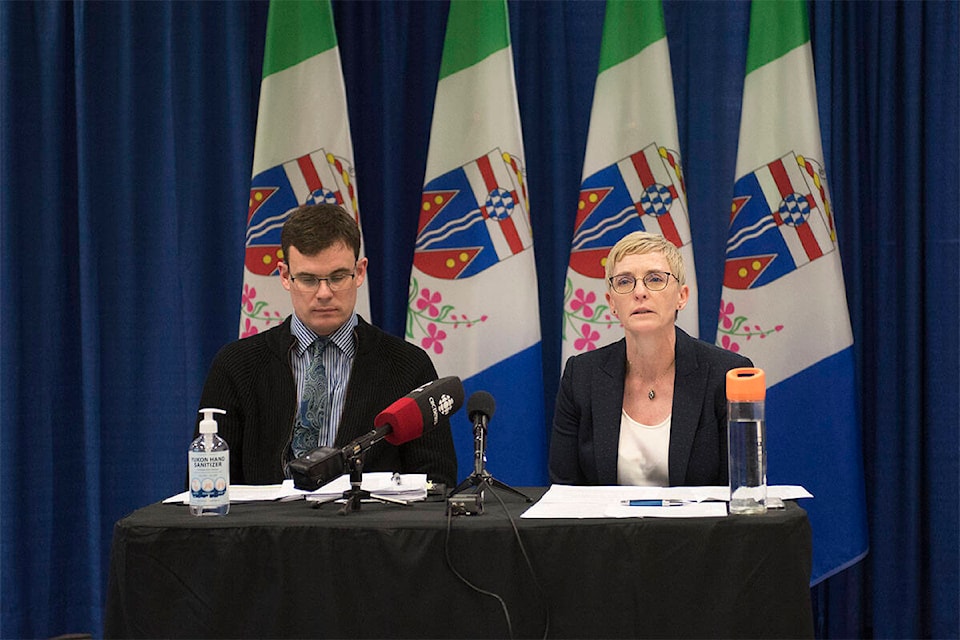The department of Education says keeping schools open for as long as possible is a top priority backed by science on student wellness.
The department held a media briefing on Jan. 7 with chief medical officer Catherine Elliott and deputy Education minister Nicole Morgan. This followed a meeting the night before with school councils, First Nations and department officials on the topic of keeping schools open despite COVID-19 cases.
“Number one, as always, is the health and safety of students, families and staff. It is our top priority,” said Morgan on Jan. 7. “Throughout the pandemic, we have been tackling many unknowns. But one thing that we do know is that the optimal learning environment for children is in person with their teachers and this is what we are striving to achieve.”
According to numbers provided by the department, around one-third of students stayed home from schools on Jan. 4, the first day back after the holiday break. Both COVID-19 and extreme cold may have been factors. In Dawson around 80 per cent of kids did not attend classes at Robert Service.
Teacher and student absences were broken down by the department, although data was not available for Takhini, Vanier and Porter Creek. Porter Creek Secondary, Nelnah Bessie John in Beaver Creek and Holy Family School have all gone online due to a staff shortage.
The News is waiting on confirmation numbers from the educator’s union and will update when more data becomes available.
Elliott confirmed that so far in the pandemic schools have been “a low-risk environment from a public health perspective” with detailed plans already in pass to ensure protocols are followed.
Morgan noted that cases are expected to continue rising as Omicron spreads and the department is expecting disruptions. An additional 13 substitute teachers have been hired since then. Each school will manage on a “case by case basis,” she said.
The territory has an operational plan for schools that prescribes different actions, as the risk in classrooms potentially moves from low to high.
A full move to distance learning for all students is considered a “last resort.”
Instead, the department is planning to keep schools open as long as possible for students who particularly benefit from in-person, including students with disabilities and those in need of additional support.
As the level of risk goes up or teachers able to attend work goes down, more and more students will move to distance learning.
“We can expect that with the ongoing increasing cases, as we manage our way through the Omicron virus, that that curve will be steep and we can expect that we will see these types of rolling, remote learning,” said Morgan.
She said the conversation with schools is ongoing.
The NDP has called on the department to close schools when requested by school councils, as in the case of St. Elias in Haines Junction.
The Yukon Party has called for Minister Jeanie McLean to take a more central role in the public decision-making process.
Contact Haley Ritchie at haley.ritchie@yukon-news.com
